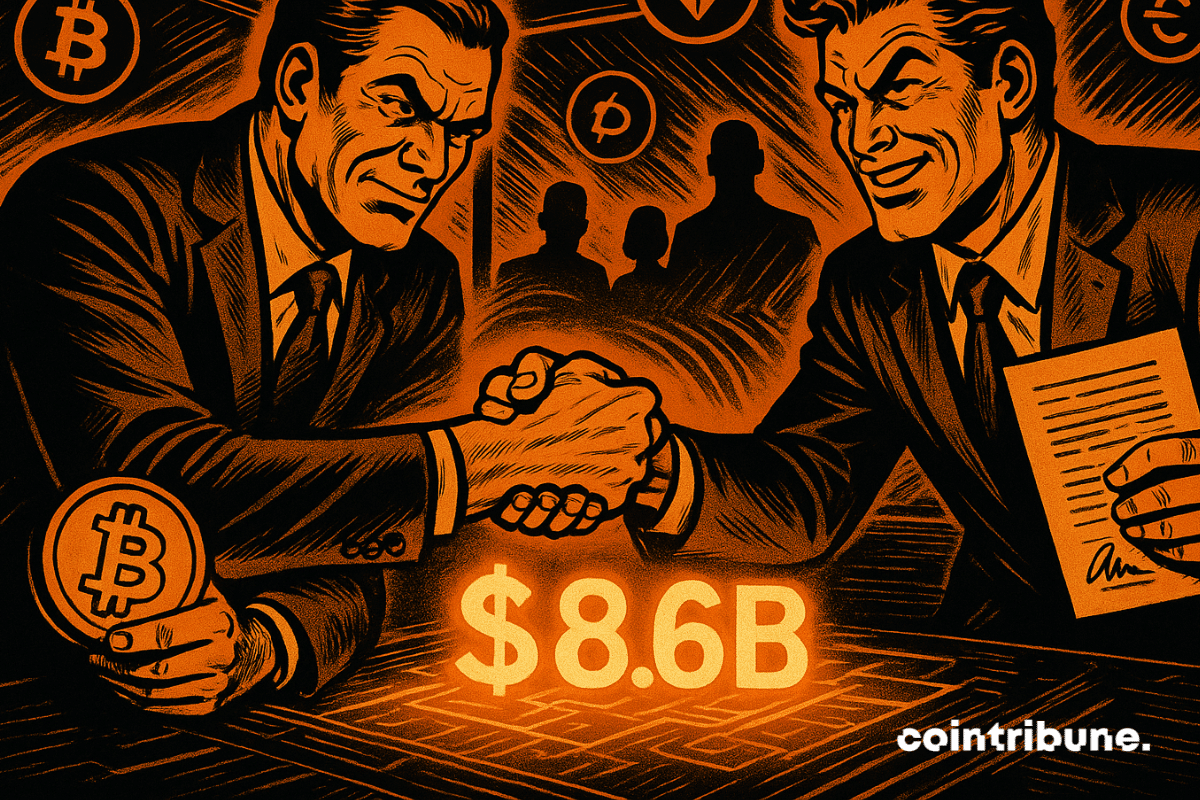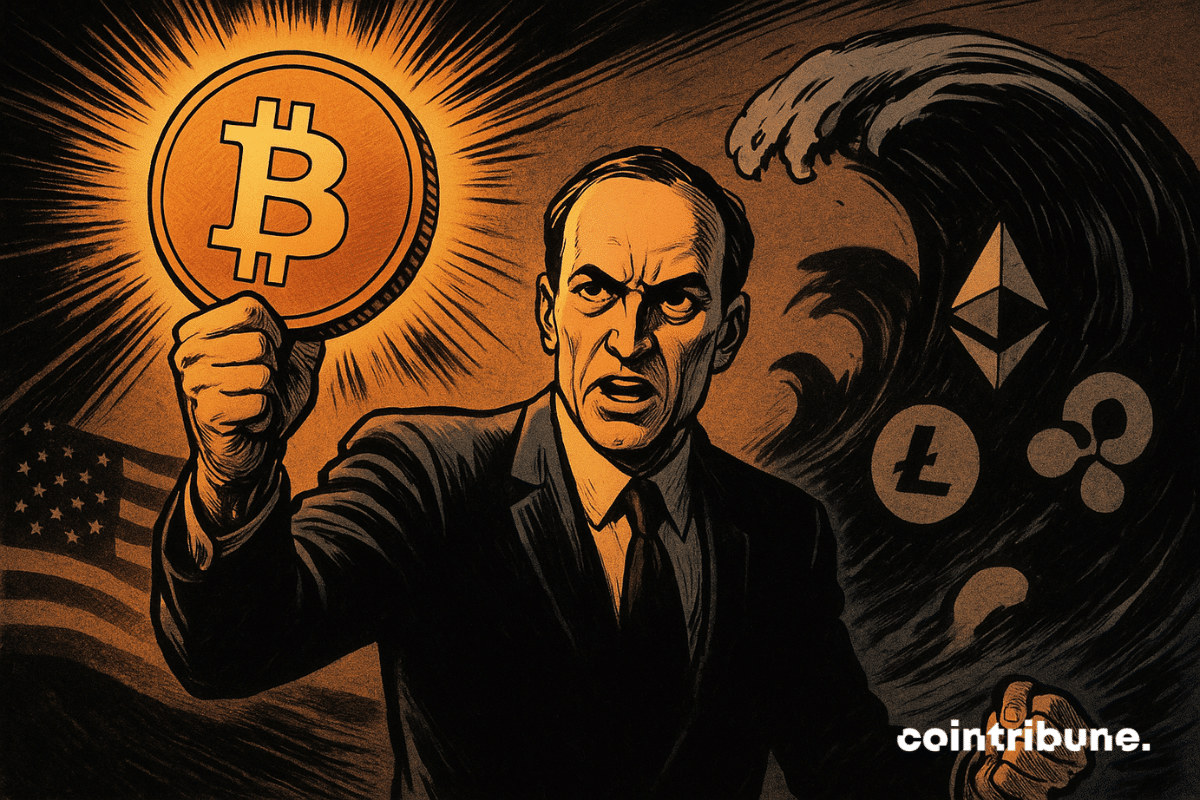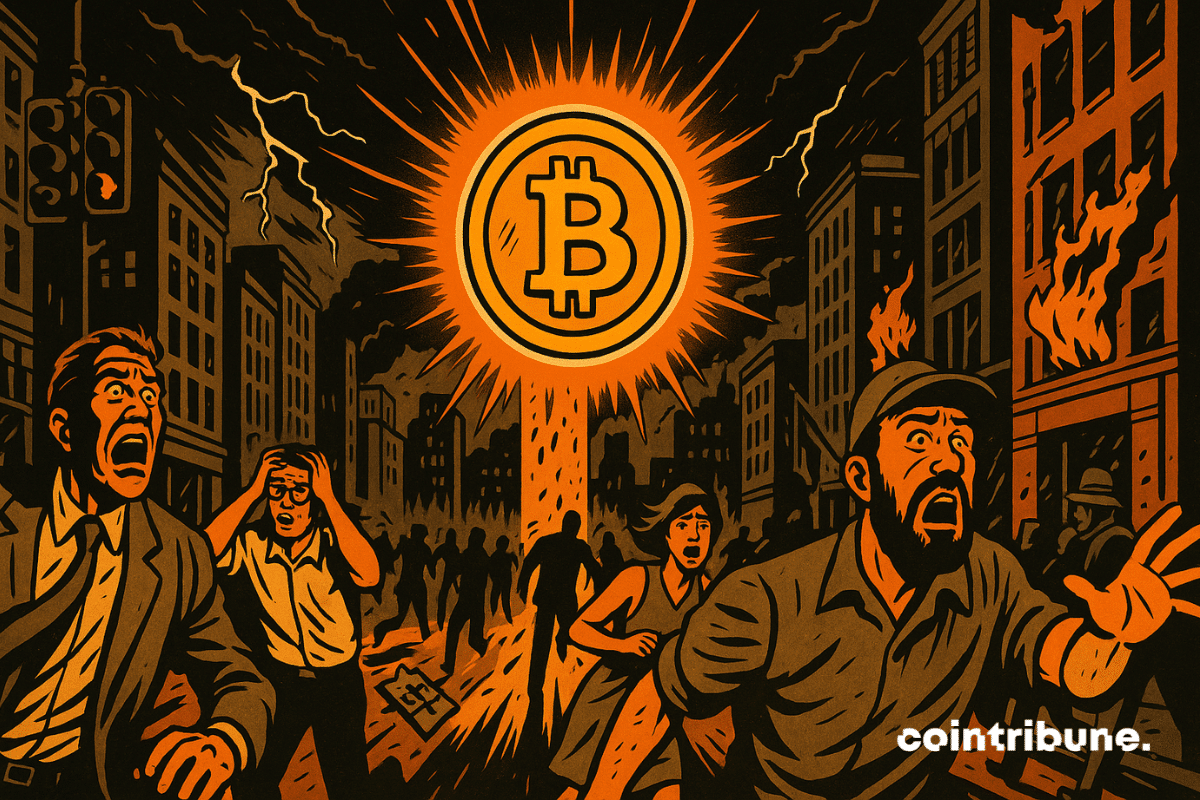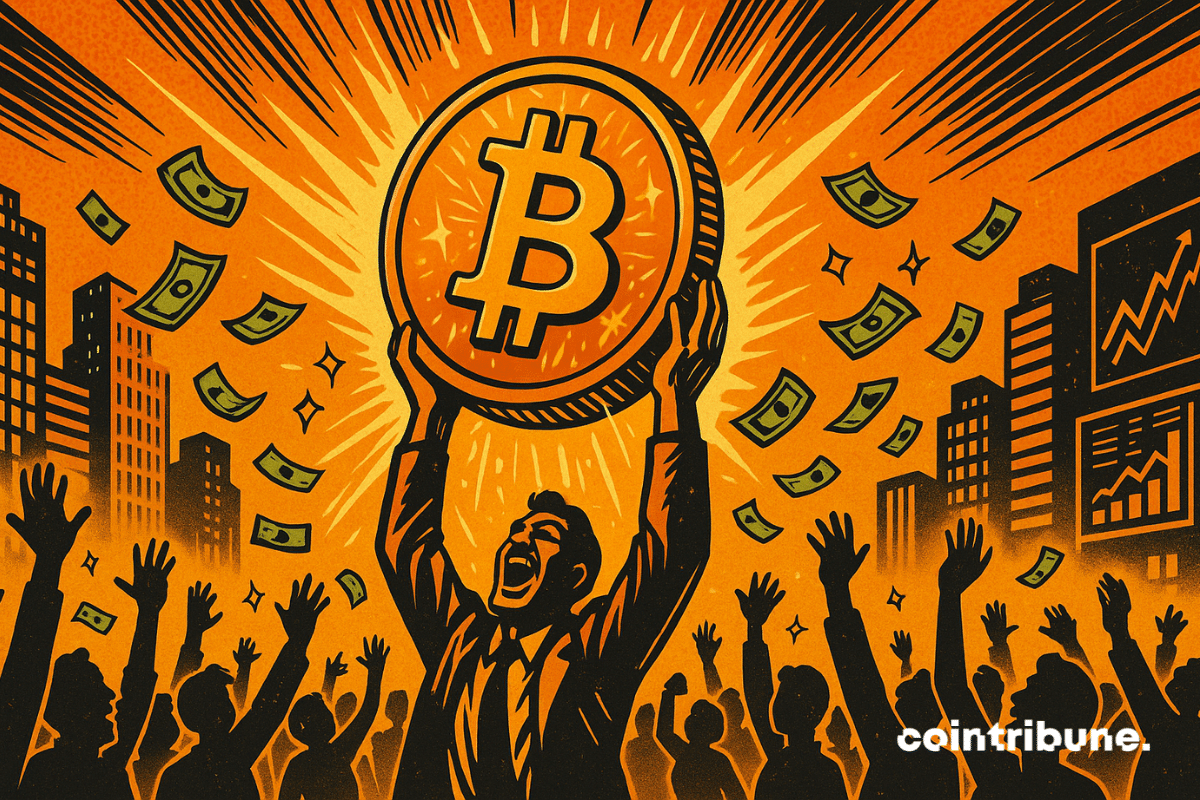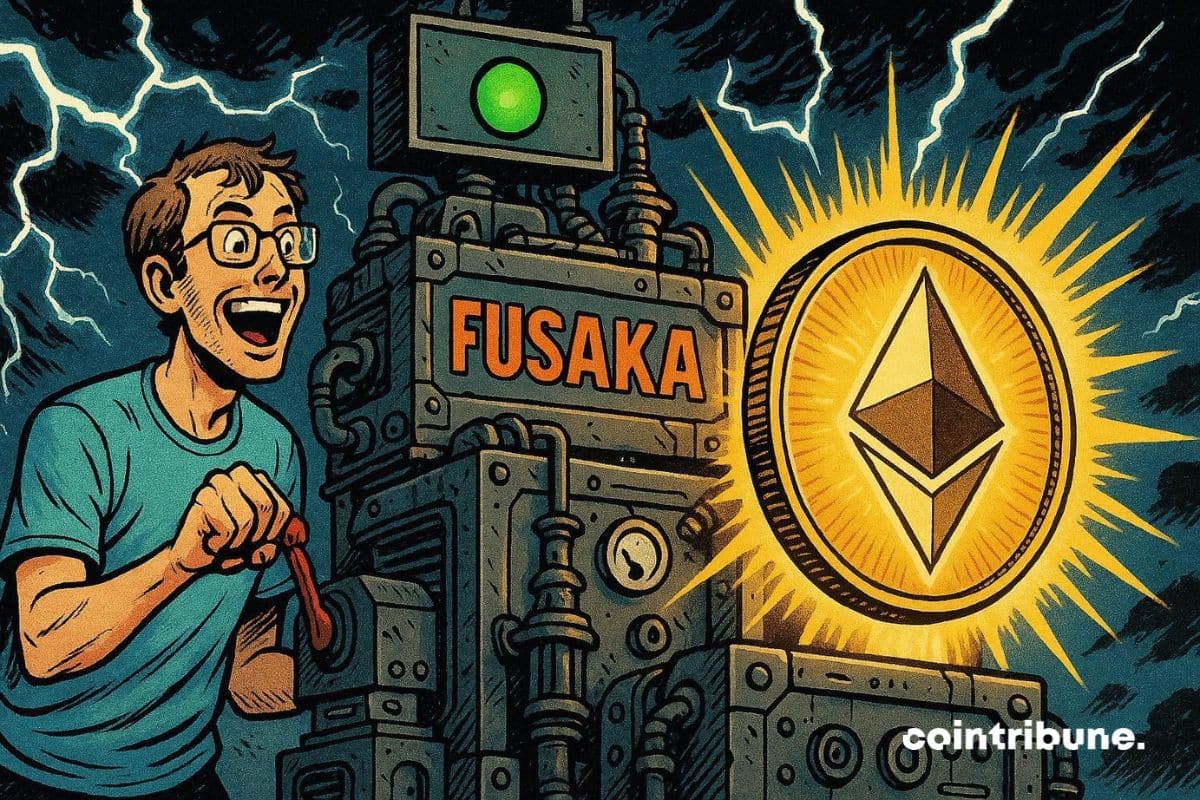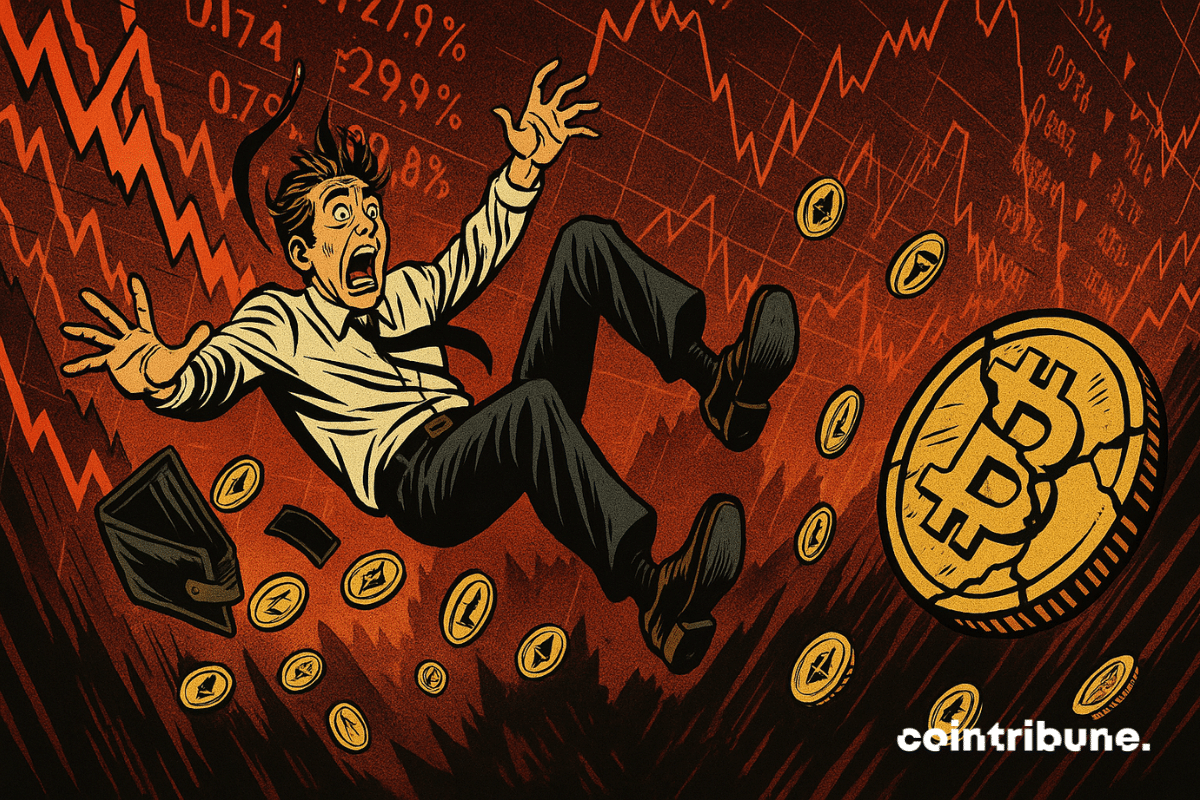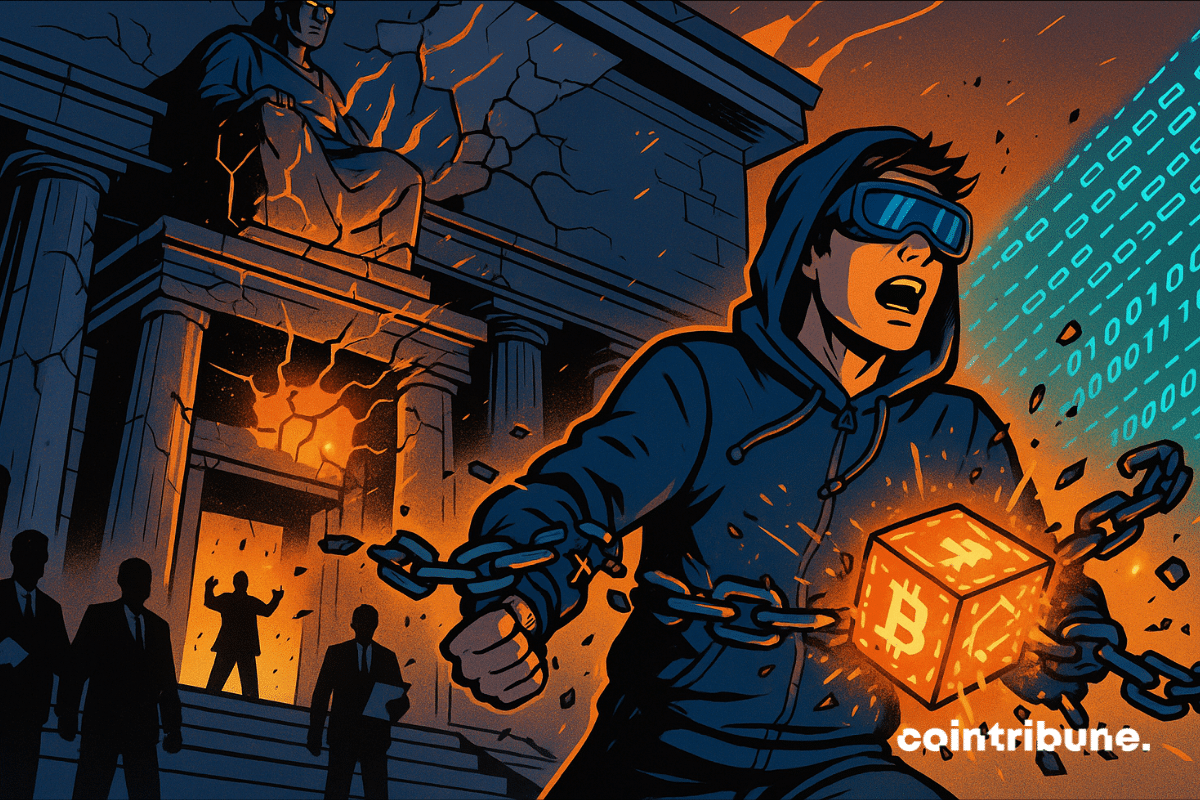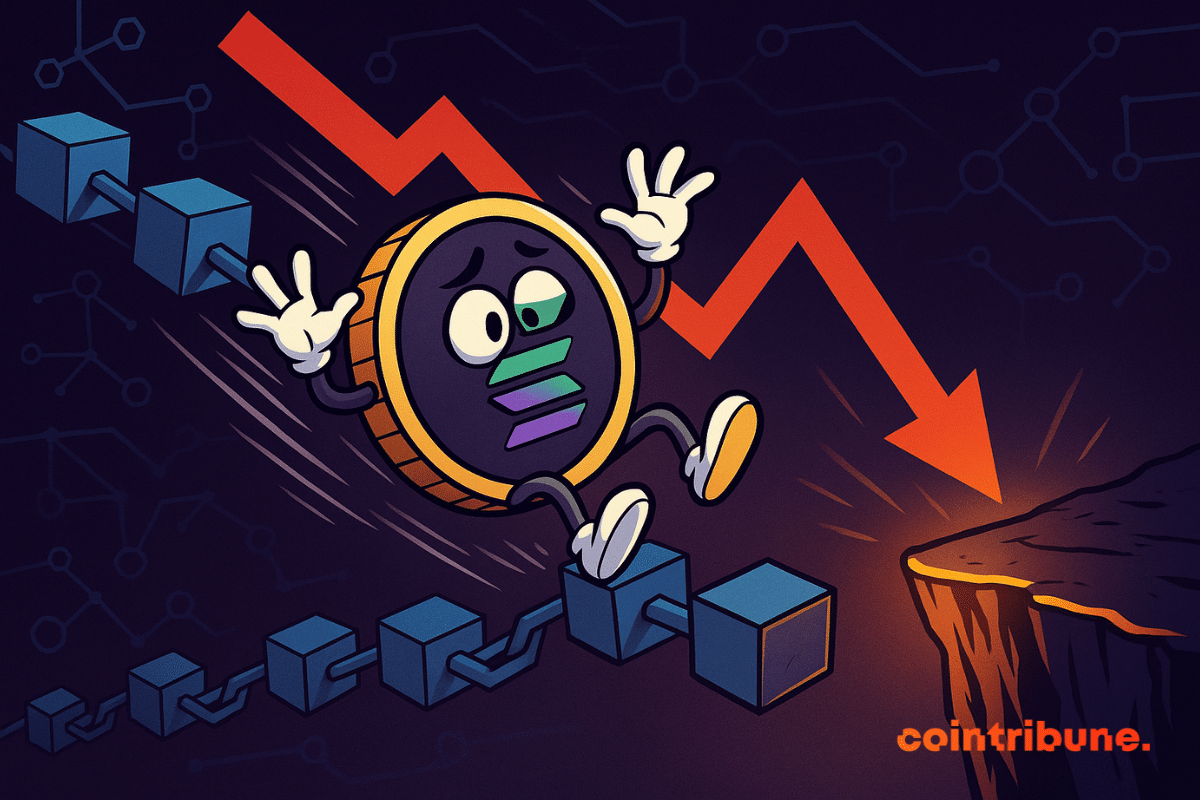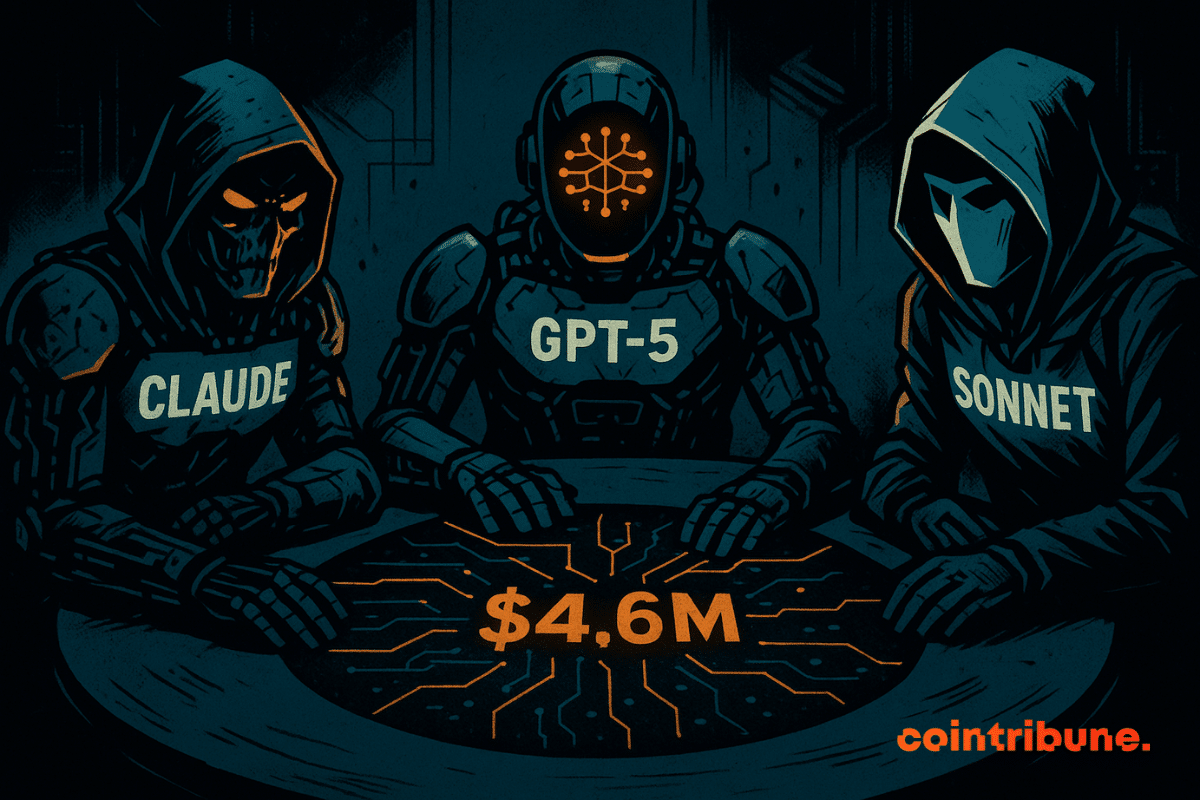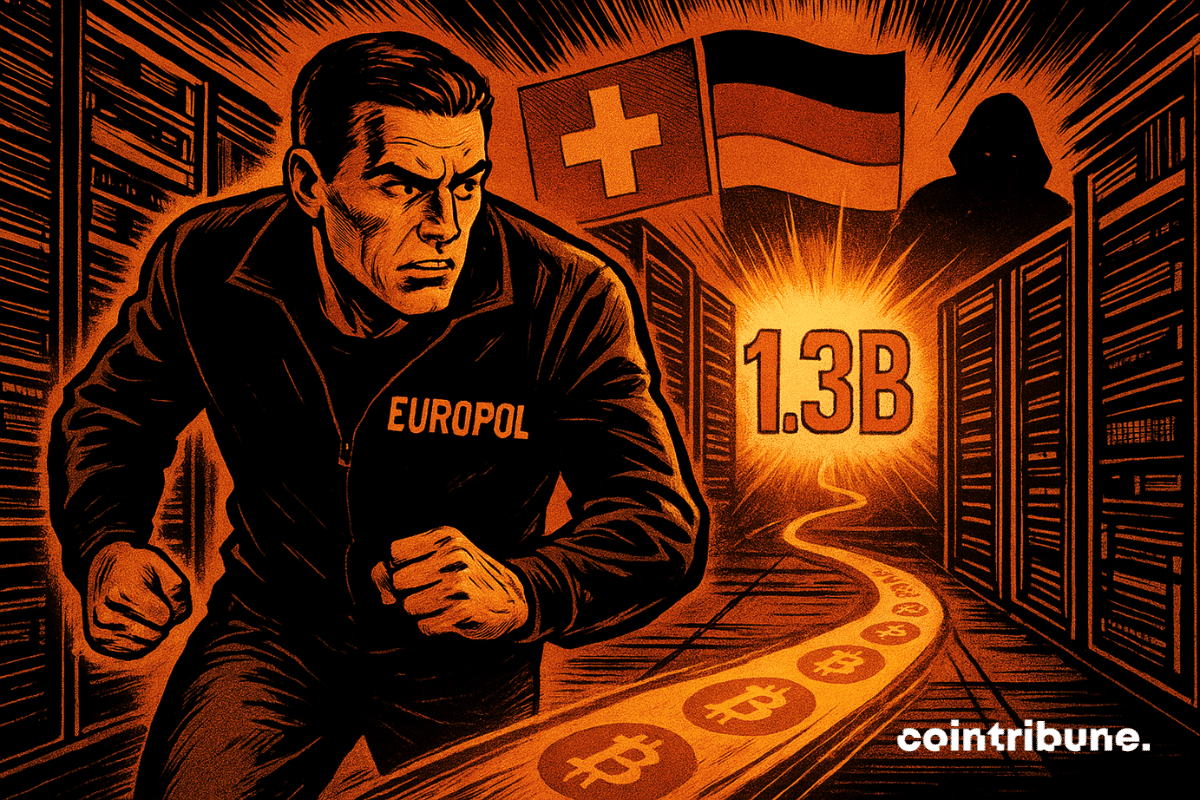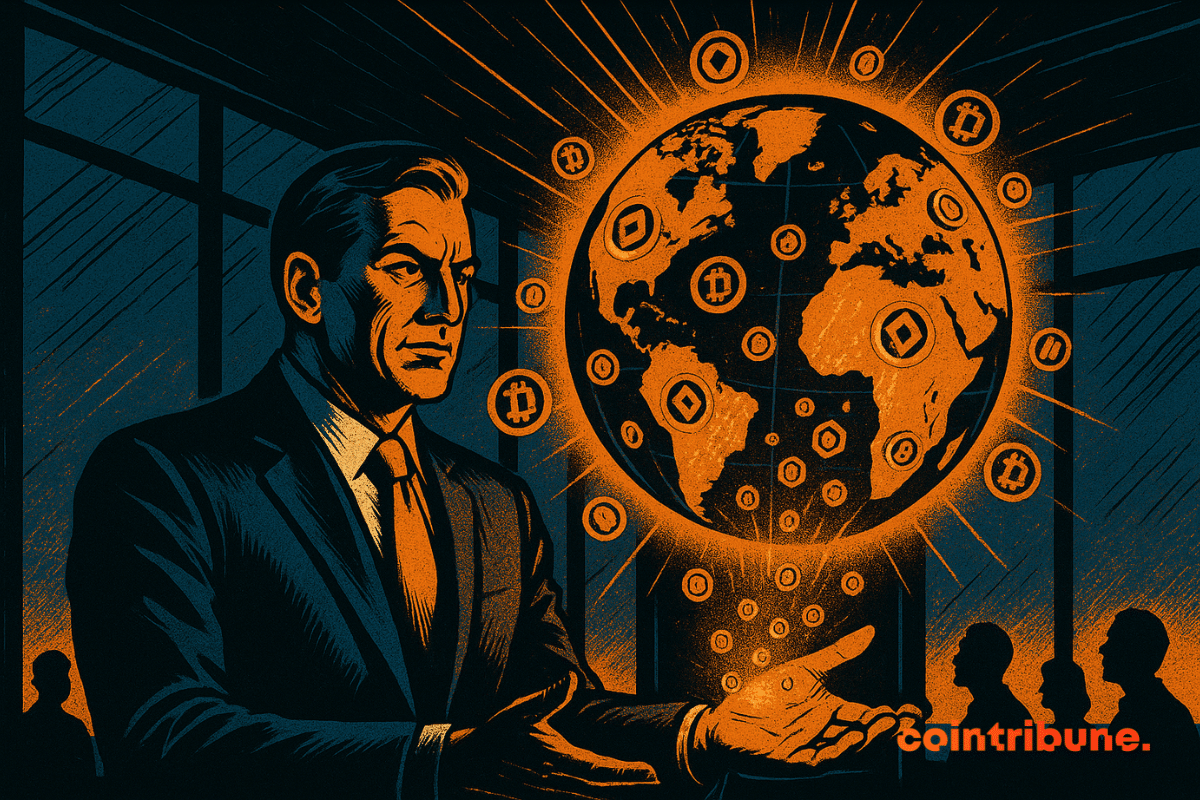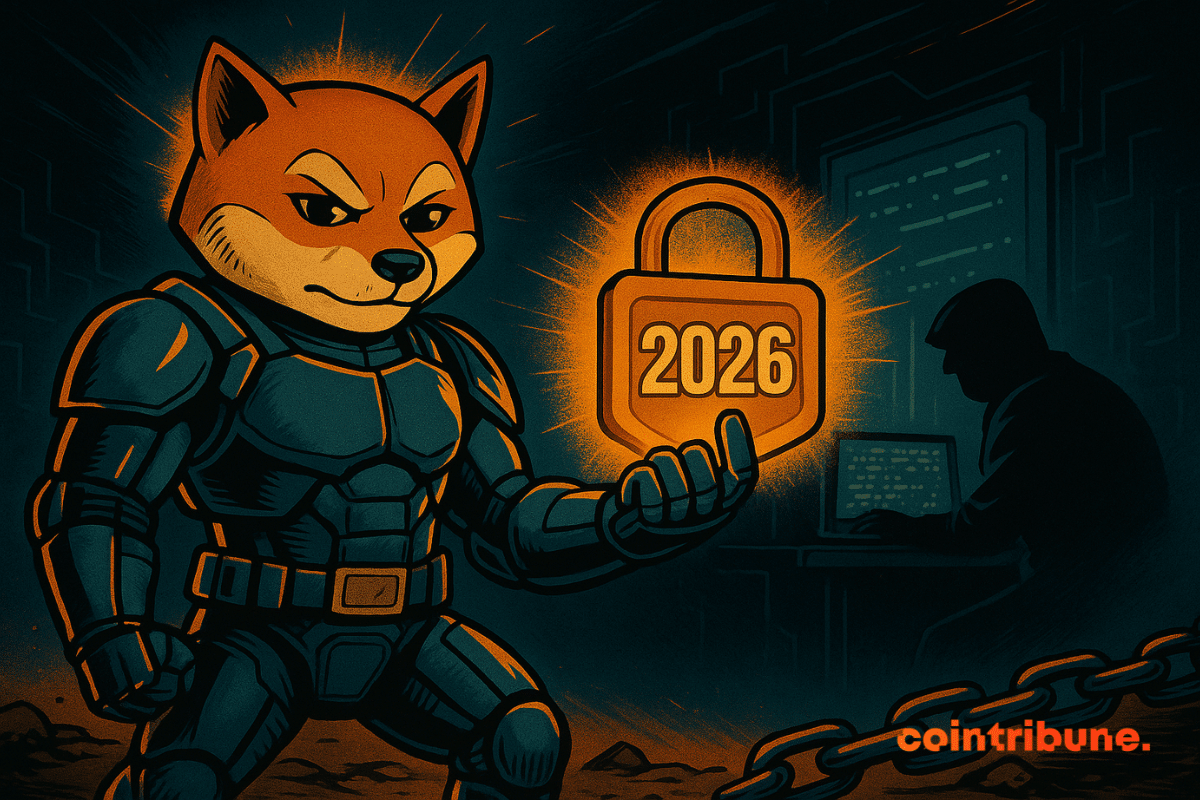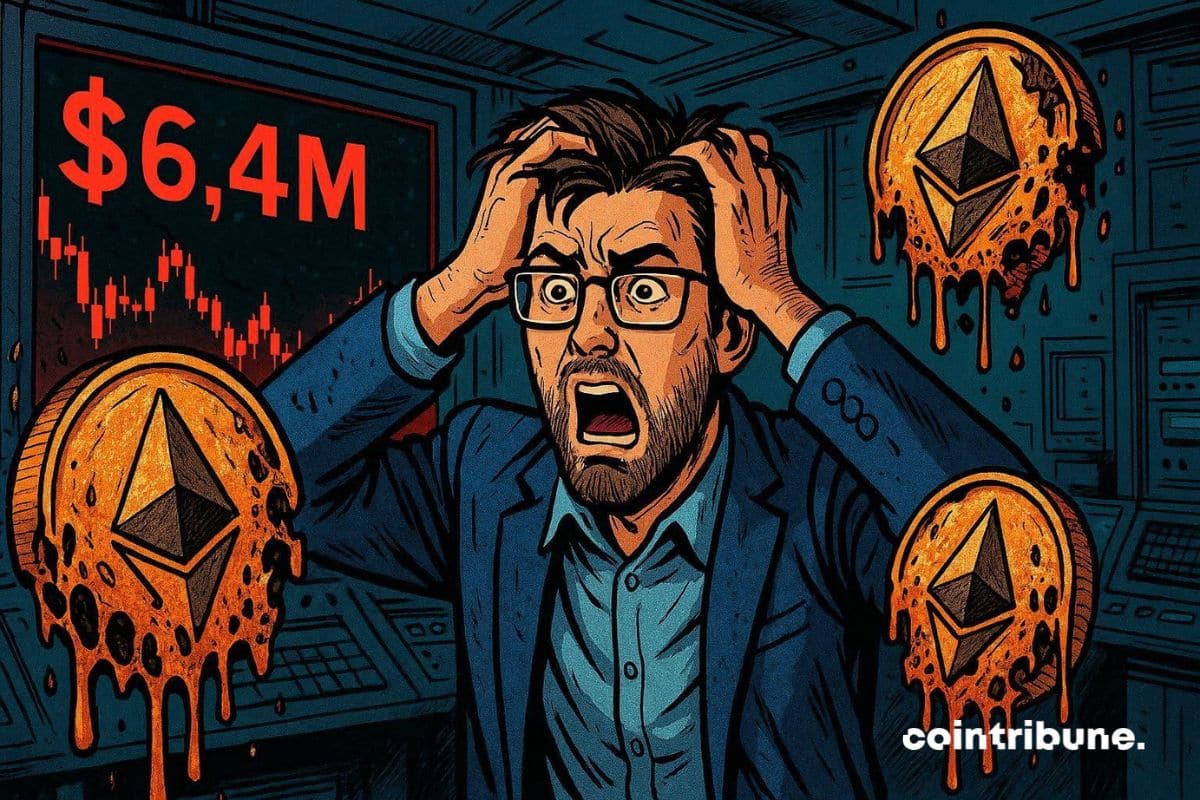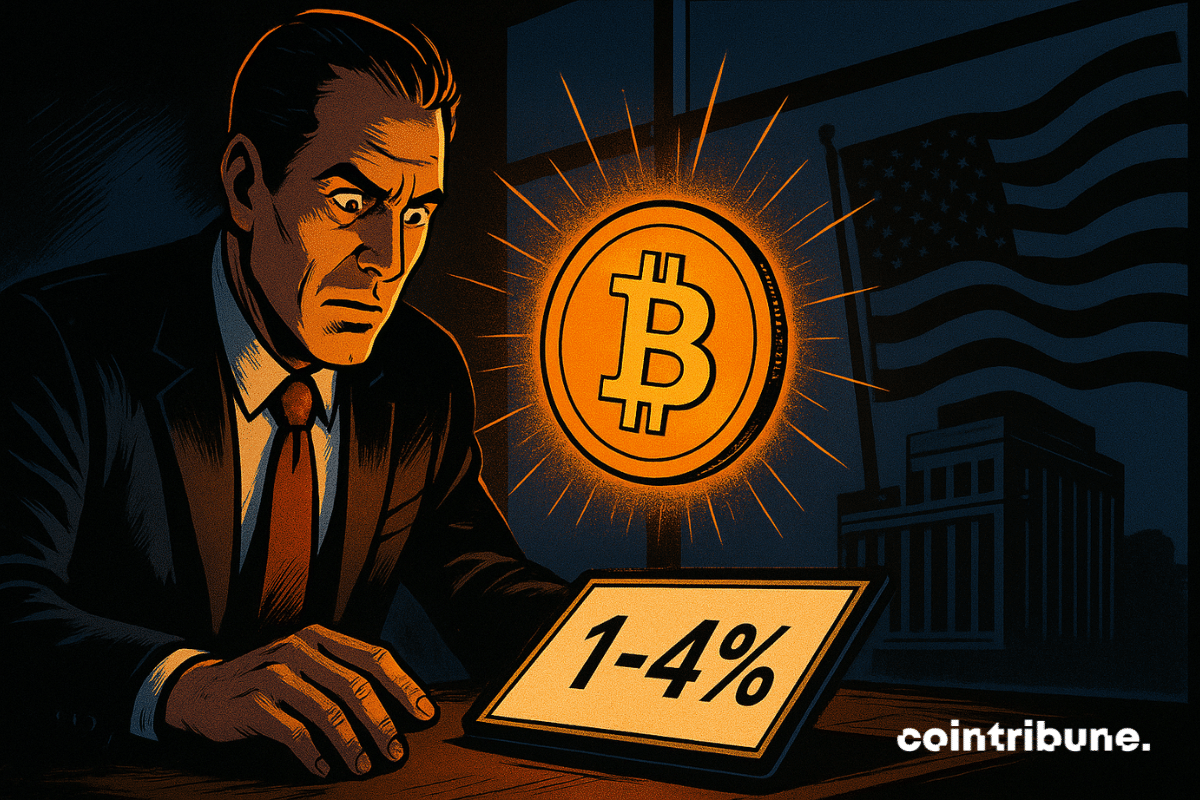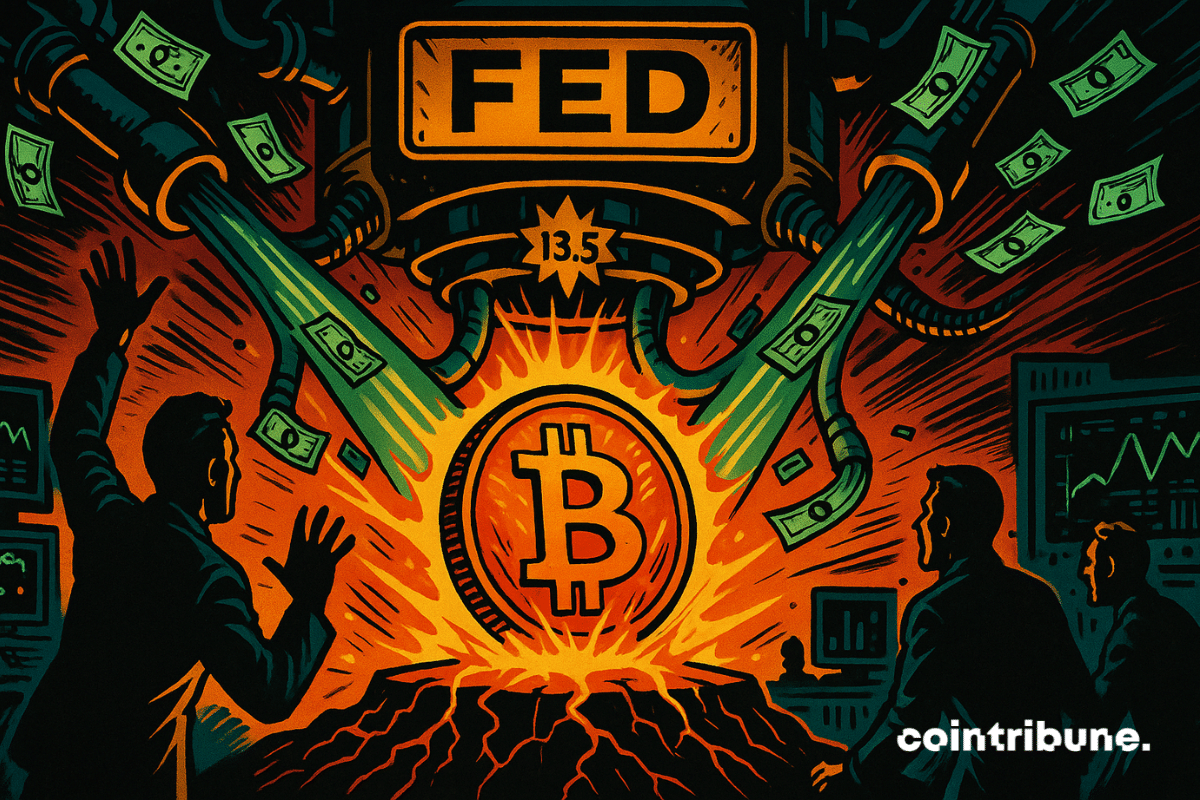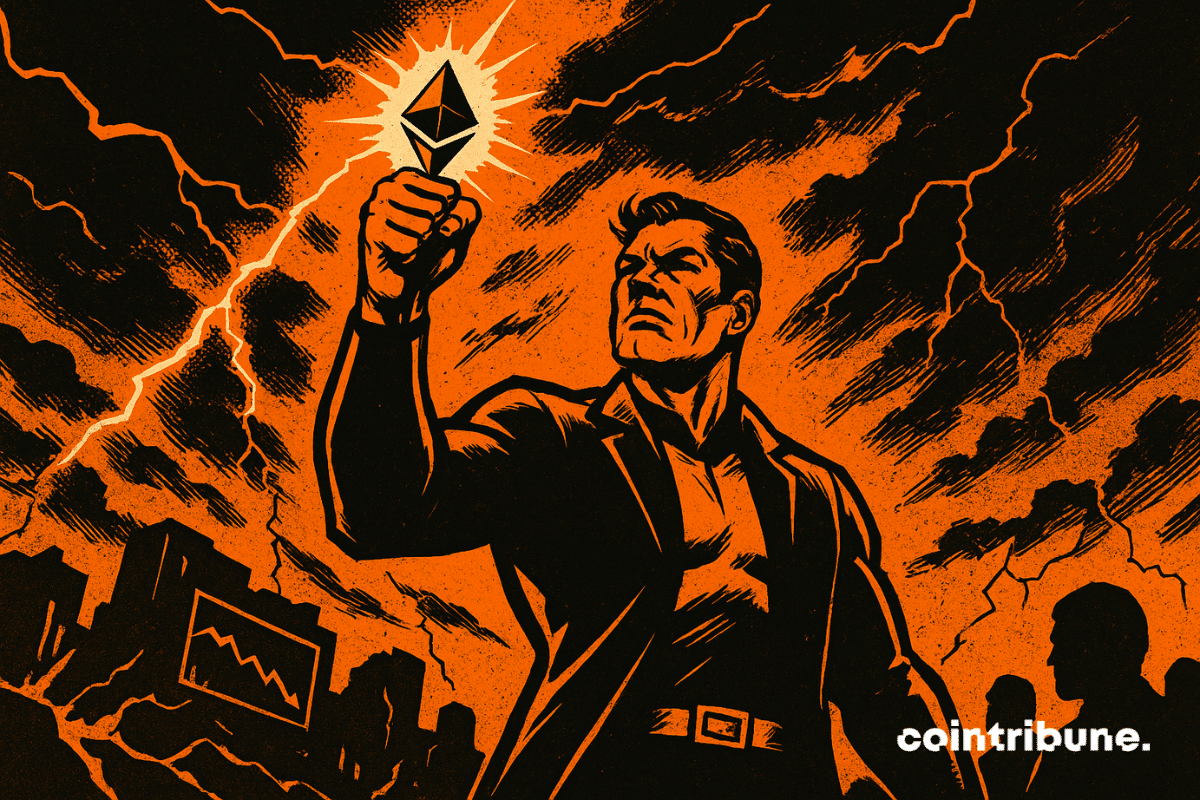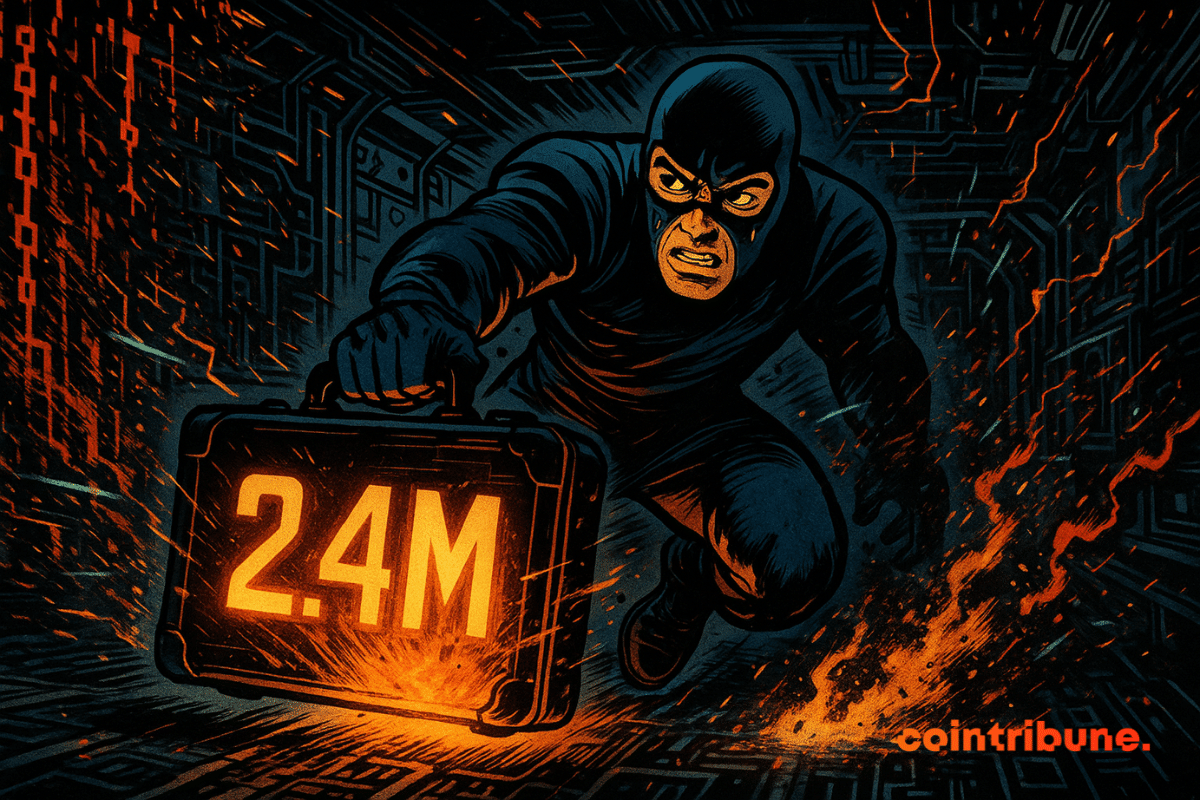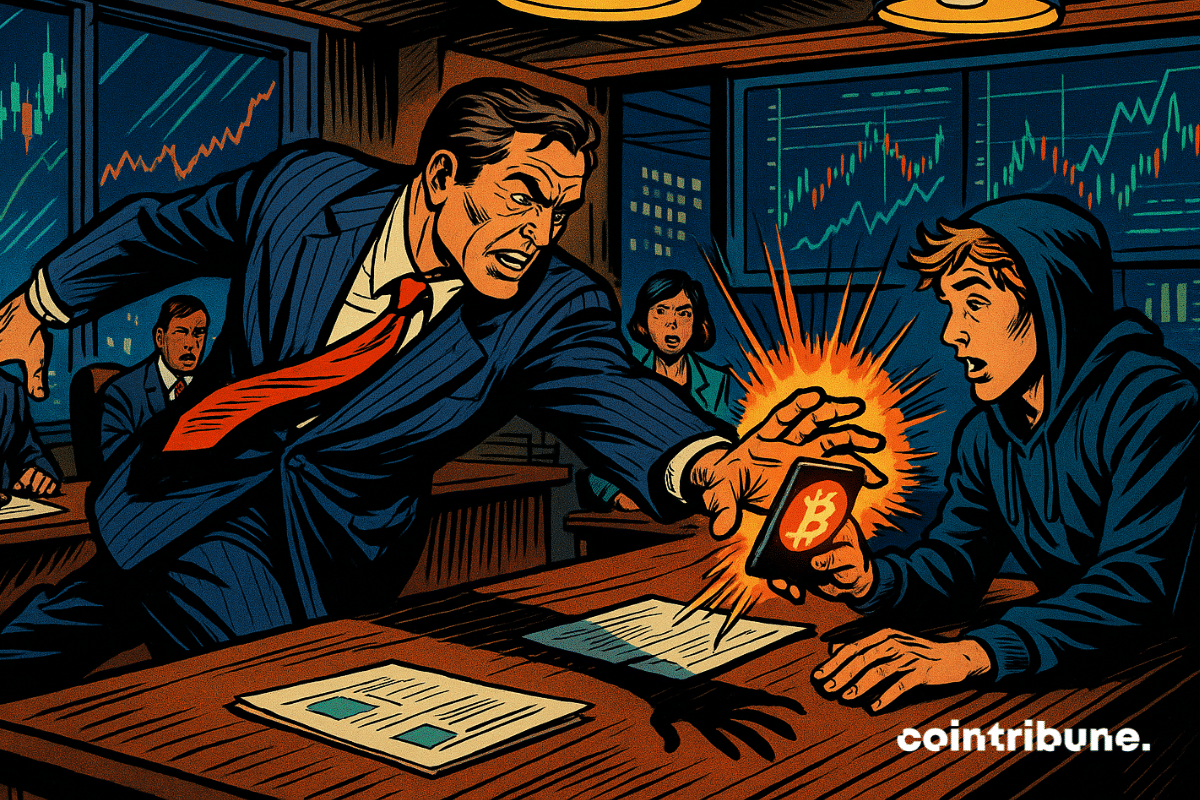Crypto mergers and acquisitions reached $8.6 billion in 2025, with Coinbase, Ripple, and Kraken among the major firms expanding their operations.
News
Polymarket has entered a new phase of expansion as its US relaunch begins after years away from the domestic market. According to recent reports, the platform is moving quickly to bring waitlisted users into its updated app, starting with sports event contracts. Regulatory clearance arrived earlier this year, opening the door for a compliant return.
Former SEC Chair Gary Gensler rehashed debate over digital assets in a Bloomberg interview, saying Bitcoin stands apart from the rest of the crypto market. He warned that most tokens still act as speculative bets with little support behind their valuations, setting a cautious tone for investors.
Larry Fink, CEO of BlackRock, acknowledged a change of stance on bitcoin. Long critical of cryptos, he now says he has revised his strategy. At the DealBook Summit organized by the New York Times, he mentioned a notable evolution in his perception of the asset. A symbolic shift, which also reflects the gradual adjustment of the institutional view on cryptos.
When Ethereum no longer inspires companies, BitMine feasts, the small ones die... and the crypto market wonders: is it a pause or the end of recess?
Bitcoin is changing dimension. For the first time since its creation, it is establishing itself as a pillar of institutional allocation. According to a joint analysis by Glassnode and Fanara Digital, $732 billion of new capital has been injected since the 2022 low, an absolute record surpassing all previous cycles combined. This massive flow does not reflect mere temporary euphoria but signals a structural market shift. Bitcoin is no longer merely speculative; it becomes a strategic asset in institutional portfolios.
Strategy, the Bitcoin giant, has suddenly slowed its purchases: only 130 BTC in December 2025, compared to 134,000 in 2024. A worrying turnaround or a brilliant tactic? After a last massive purchase of 8,178 BTC in November, the market wonders: should we fear a collapse or prepare for a historic rebound?
The Ethereum Fusaka update is finally active, marking a historic turning point for the blockchain. With faster transactions, reduced fees, and unprecedented scalability, this evolution could redefine the future of crypto. Discover in detail the immediate changes and their impacts on the Ethereum ecosystem.
As Bitcoin passes through a new turbulence zone, Michael Saylor finds himself at the heart of a decisive showdown with MSCI. Threat of exclusion from indices, pressure from institutional investors, and massive exposure to the king asset: his bet on Bitcoin is more tested than ever.
Driven by the inflow of institutional capital, the crypto market seemed to stabilize. However, a wave of liquidations on derivative products highlights its fragility. According to Glassnode, these liquidations have nearly tripled, a consequence of excessive leverage now under strain.
Binance redistributes roles: Yi He takes the stage. Should crypto investors rethink their strategy? Details here!
US regulators are easing rules for crypto, giving firms a supervised path to launch new blockchain products in 2026.
While many eyes remain fixed on Bitcoin and Ether, Solana is currently playing a much subtler game. The SOL crypto still holds above the 120 dollar area, but this level is not just a technical support: it is supported by a real shift in liquidity and on-chain supply. However, trader-side demand remains surprisingly timid. And as long as this gap persists, Solana's structural advantage is not fully reflected in the price.
Bet on the victory of a candidate or a token from your crypto wallet? Trust Wallet believes in it strongly... If you don't win, at least you will have guessed the news.
Once reserved for human hackers, crypto scheming has found its master: AI, which digs the hole... directly into decentralized wallets, without asking for permission!
ZK Secret Santa uses zero-knowledge proofs to let users interact anonymously on Ethereum, keeping actions and identities private while ensuring fairness.
European regulators are increasing pressure on cybercrime networks as they target services that conceal the movement of digital funds. A coordinated action supported by Europol has taken down Cryptomixer, a long-running platform used to mask crypto transactions on the clear web and the dark web. Authorities report that the site handled more than a billion euros over the past decade and became a prominent method for laundering illicit proceeds.
BlackRock argues that tokenization is becoming a defining trend in global finance, with real-world asset adoption surging and the industry entering a new phase of digital transformation.
Shiba Inu’s Shibarium network is set for a major evolution with Zama’s 2026 privacy upgrade. Fully homomorphic encryption could bring private transactions, confidential smart contracts and stronger security after the 2025 exploit.
Gold breaks records, global liquidity explodes, but bitcoin lags behind. This divergence raises questions: why does the flagship crypto asset, supposed to protect against monetary dilution, not react? A Bitwise report reveals an unprecedented valuation gap between BTC and money supply growth. Market error or major opportunity? The lines could move, and faster than we think.
Despite a cautious atmosphere in the crypto market, one asset captures the attention of institutional investors: XRP. Long weighed down by its regulatory troubles, the altcoin has triggered a spectacular resurgence of interest since the launch of several spot ETFs in the United States. Capital inflows continue at an unprecedented pace, revealing a possible turning point in the token's trajectory. Should this be seen as the signal of a new bullish cycle, driven both by traditional finance and encouraging technical signals?
Ethereum just experienced a historic purge: 6.4 billion dollars in leverage evaporated, causing its price to drop. Yet, whales are taking advantage to massively accumulate. Why this paradox? A crisis or an opportunity? Analysis of a decisive turning point for crypto.
The second largest American bank officially opens its doors to Bitcoin. Bank of America now recommends its wealthy clients allocate between 1% and 4% of their wealth in crypto. A strategic shift marking a decisive step in institutional adoption.
2026 will mark a historic turning point: real world assets (RWAs) tokenized are establishing themselves as the new standard for global payments. Programmable stablecoins, digitalized government bonds, and massive adoption by banks — this financial revolution is already redefining liquidity and transactions. Ready to understand how these assets are transforming the economy?
Could bitcoin's four-year cycle be living its last moments? This is the unexpected hypothesis put forward by Grayscale in a report published on Monday. According to the asset manager, the crypto king could break free from its historical mechanics as early as 2026, reaching new heights well before the usual deadline. This major challenge to a pillar of crypto analysis sparks as much hope as questions in a rapidly changing market.
BitMine buys $70M of Ethereum in 3 days. Supercycle coming? Discover all the details of this massive operation.
An arithmetic bug, billions of tokens, a hurried hacker… and Yearn retrieving $2.4M in commando mode. In the crypto jungle, treasure hunts are intensifying.
Goldman Sachs has agreed to acquire Innovator Capital for $2B, bringing new ETF and crypto-linked products, with the deal set to close in 2026.
Kalshi is pushing prediction markets further into the crypto space as global demand accelerates. Rising interest in event-based trading has prompted the platform to tokenize event contracts on Solana, giving users more in sensitive markets. Analysts say this shift could position Kalshi to challenge competitors and keep pace with the industry’s rapid growth.
Changpeng Zhao and his investment company YZi Labs come out swinging against the management of CEA Industries, accused of letting the BNC stock price collapse by more than 90%. This offensive marks a turning point for the future of this treasury company dedicated to BNB. Will shareholders follow CZ in this battle to regain control?
